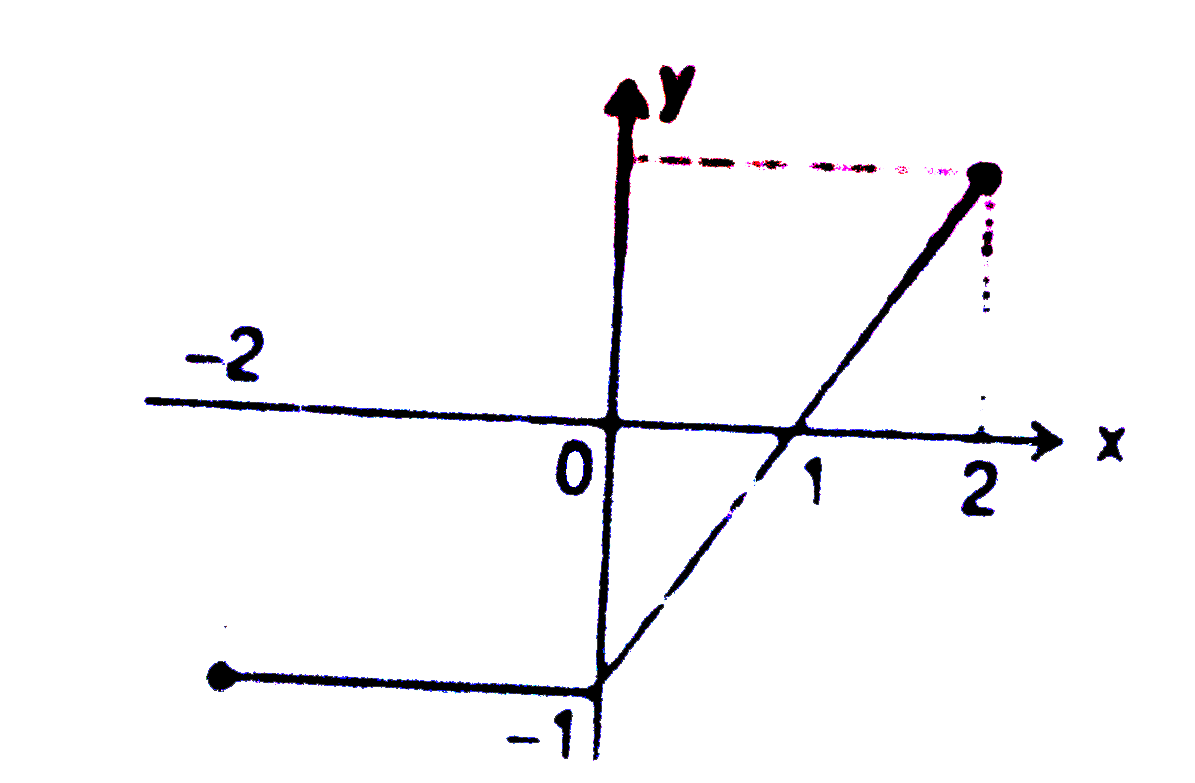If the graph of the function y=f(x) has a unique tangent at the point (a,0) through which the graph passes, then evaluate (lim)x→a(log)e{1+6f(x)}3f(x)
To evaluate the limit
limx→aloge(1+6f(x))3f(x),
given that the graph of the function y=f(x) has a unique tangent at the point (a,0) through which the graph passes, we can follow these steps:
Step 1: Understand the conditions
Since the graph passes through the point (a,0), we have:
f(a)=0.
This means that as x approaches a, f(x) approaches f(a)=0.
Step 2: Substitute the limit
Substituting x=a into the limit gives us:
loge(1+6f(a))3f(a)=loge(1+6⋅0)3⋅0=loge(1)0=00.
This is an indeterminate form.
Step 3: Apply L'Hôpital's Rule
Since we have an indeterminate form 00, we can apply L'Hôpital's Rule, which states that if the limit results in 00, we can take the derivative of the numerator and the derivative of the denominator separately.
Differentiate the numerator:
The numerator is loge(1+6f(x)). Using the chain rule, its derivative is:
ddxloge(1+6f(x))=6f′(x)1+6f(x).
Differentiate the denominator:
The denominator is 3f(x). Its derivative is:
ddx(3f(x))=3f′(x).
Step 4: Rewrite the limit
Now we can rewrite the limit using the derivatives:
limx→a6f′(x)1+6f(x)3f′(x).
This simplifies to:
limx→a63(1+6f(x))=limx→a21+6f(x).
Step 5: Evaluate the limit
As x→a, f(x)→f(a)=0, so:
limx→a21+6f(x)=21+6⋅0=21=2.
Final Answer
Thus, the limit evaluates to:
2.
Since the graph passes through the point (a,0), we have:
f(a)=0.
This means that as x approaches a, f(x) approaches f(a)=0.
Substituting x=a into the limit gives us:
loge(1+6f(a))3f(a)=loge(1+6⋅0)3⋅0=loge(1)0=00.
This is an indeterminate form.
Since we have an indeterminate form 00, we can apply L'Hôpital's Rule, which states that if the limit results in 00, we can take the derivative of the numerator and the derivative of the denominator separately.
The numerator is loge(1+6f(x)). Using the chain rule, its derivative is:
ddxloge(1+6f(x))=6f′(x)1+6f(x).
The denominator is 3f(x). Its derivative is:
ddx(3f(x))=3f′(x).
Now we can rewrite the limit using the derivatives:
limx→a6f′(x)1+6f(x)3f′(x).
This simplifies to:
limx→a63(1+6f(x))=limx→a21+6f(x).
As x→a, f(x)→f(a)=0, so:
limx→a21+6f(x)=21+6⋅0=21=2.
Thus, the limit evaluates to:
2.
Topper's Solved these Questions
- DIFFERENT PRODUCTS OF VECTORS AND THEIR GEOMETRICAL APPLICATIONS BOOK - CENGAGE ENGLISHCHAPTER - DIFFERENT PRODUCTS OF VECTORS AND THEIR GEOMETRICAL APPLICATIONS EXERCISE - Multiple correct answers type
11 Videos
- LINEAR INEQUALITIESBOOK - CENGAGE ENGLISHCHAPTER - LINEAR INEQUALITIESEXERCISE - All Questions
68 Videos
Similar Questions
The graph of the function y=f(x) has a unique tangent at the point (a,0) through which the graph passes. Then evaluate
limx→aloge{1+6f(x)}3f(x).
View SolutionThe graph of the function y=f(x) has a unique tangent at the point (ea,0) through which the graph passes then lim–––––(x→ea)loge{1+7f(x)}−sinf(x)3f(x)
View SolutionDraw the graph of the function f(x)=|x−1|
View SolutionDraw the graph of the function: f(x)=log|x|
View SolutionIf the graph of the function y=f(x) has a unique tangent at point (ea,0) (not vertical, non-horizontal) on the graph, then evaluate limx→ealoge((1+9f(x))−tan(f(x)))2f(x).
View SolutionEvaluate: (lim)x→alog(x−a)log(ex−ea)
View SolutionDraw the graph of the function f(x)=2x2−loge|x|
View Solutionif the graph of the cont. function y=f(x) passes through the point (a, 0) and f(x)≠0 in the deleted neighbourhood of a then (lim)x→alog{6f2(x)−3f(x)+1}3f(x)= (A) 2 (B) 1 (C) -1 (D) none of these
View SolutionIf the graph of the function y=f(x) is as shown :

the graph of y=12(|f(x)|−f(x)) is
View SolutionIf the graph of the function y=f(x) is as shown :

The graph of y=1/2(|f(x)|−f(x)) is
View Solution
